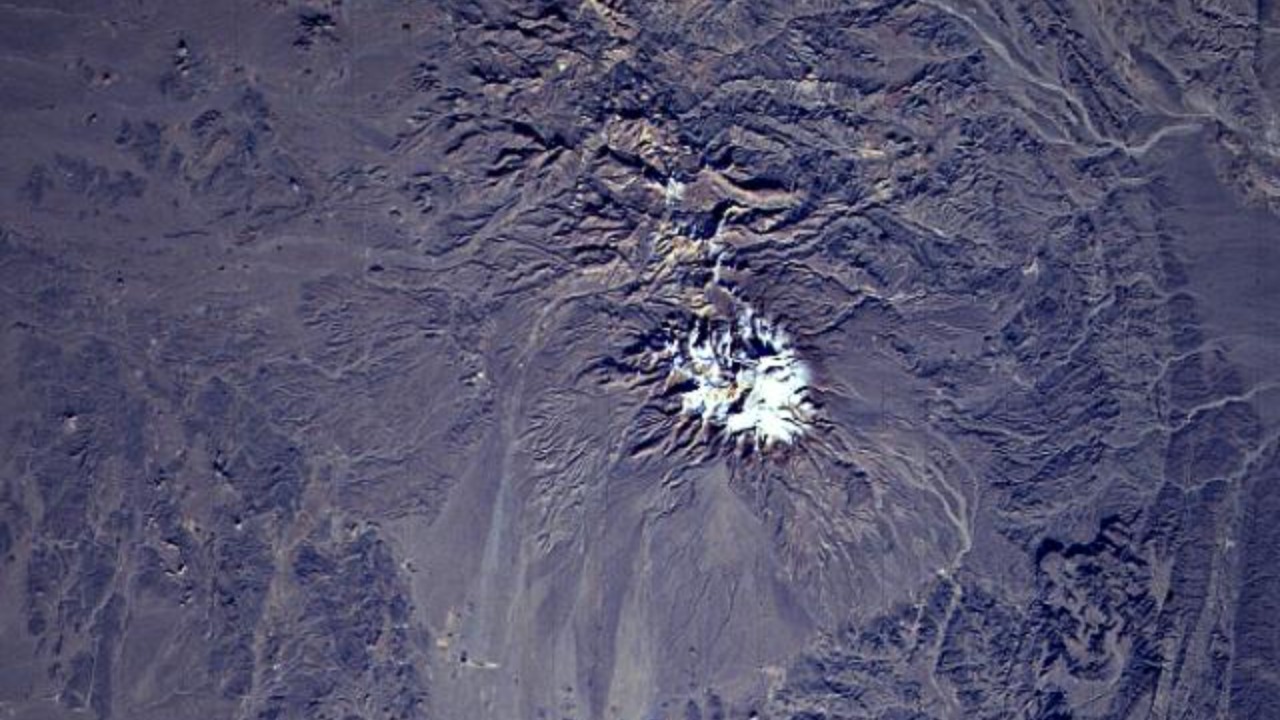
After lying dormant for an astonishing 700,000 years, Iran’s Taftan volcano is stirring. Recent observations suggest that this ancient stratovolcano, located in southeastern Iran, is beginning to rise, indicating a potential shift in its long-standing dormancy. This development, reported in mid-October 2025, underscores the unpredictable nature of volcanic activity in the region.
Geological Background of Taftan Volcano
Located in southeastern Iran, the Taftan volcano is a stratovolcano, a type of volcano formed over millions of years through tectonic processes. The last known eruption of Taftan occurred around 700,000 years ago, making it one of the longest-dormant volcanoes in the world. This extensive dormancy period is a testament to the unpredictable nature of volcanic activity, as Live Science reports.
Historical records regarding the volcano’s past activity are scarce, with no minor events leading to full eruptions documented. This lack of historical data further emphasizes the significance of the recent signs of activity at the Taftan volcano.
Signs of Recent Activity
Recent ground deformation indicates that the Taftan volcano is starting to rise, a development detected by both satellite and ground-based measurements. This rising motion, as reported by The Brighter Side News, is a clear sign of the volcano’s awakening after its lengthy dormancy.
Alongside the ground deformation, increased seismic activity and gas emissions have been observed, signaling internal magma movement. Visual changes, such as swelling of the volcano’s flanks, have also been noted in recent surveys, further indicating the potential for an imminent eruption.
Scientific Monitoring and Detection Methods
International and Iranian geologists have been closely monitoring the Taftan volcano, using GPS and InSAR technology to track the rising motion. Observations began in 2025, and the data collected so far confirms the volcano’s awakening after 700,000 years, as reported by the Indian Defence Review.
These monitoring methods help differentiate this event from typical seismic noise in the area, providing valuable insights into the volcano’s activity and potential eruption timeline.
Potential Eruption Scenarios
Given the Taftan volcano’s stratovolcano nature, an eruption following its 700,000-year dormancy could be either explosive or effusive. The buildup of pressure beneath the surface, leading to the observed rising, is reminiscent of similar reactivations observed elsewhere.
Experts suggest that the volcano might be about to erupt imminently, a prediction based on the current signs of activity and historical data on similar volcanic reactivations.
Regional Impacts and Preparedness
The awakening of the Taftan volcano poses risks to nearby populations in southeastern Iran. Potential hazards include ashfall or lahars, which could have significant impacts on local communities. Evacuation plans and infrastructure vulnerabilities are being assessed in light of the rising activity.
Environmental effects, such as impacts on local agriculture and air quality from any emissions, are also being closely monitored. The potential for an eruption after 700,000 years of dormancy underscores the need for preparedness and risk mitigation strategies.
Global Volcanological Significance
Taftan’s reactivation after 700,000 years contributes to our understanding of long-dormancy cycles in subduction zones. By comparing Taftan to other volcanoes with similar histories, scientists can refine prediction models and improve our understanding of these geological phenomena.
The broader implications of this event extend to tectonic research in the Middle East and advancements in early warning systems. The awakening of the Taftan volcano serves as a reminder of the dynamic and unpredictable nature of our planet, and the importance of ongoing scientific monitoring and research.